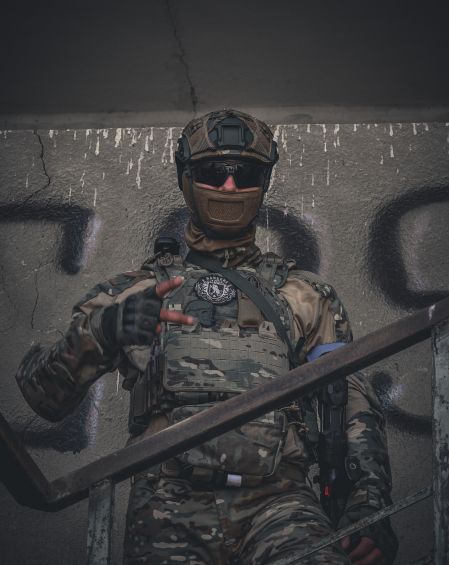 How a Tactical Military Vest Can Help You Excel in Extreme Situations
Aug 02, 2023
How a Tactical Military Vest Can Help You Excel in Extreme Situations
Aug 02, 2023
l Benefits of using a tactical military vest
l Features to consider when choosing a customized tactical vest army
l Different types of bulletproof vest carrier and their uses
l How to properly wear and adjust a military black vest
l Tactical military vest accessories and customization options
l Real-life examples of how vests have been used in extreme situations
l Tactical vest maintenance and care tips
l Popular brands and models of tactical military vests
l Conclusion
Are you ready to take your performance to the next level? Whether you're an outdoor adventurer, a survivalist, or a tactical enthusiast, having the right gear is crucial for excelling in extreme situations. And when it comes to equipping yourself for success, nothing beats a tactical military vest. Designed to provide maximum functionality and protection, these versatile vests are a game-changer in the field. From ample storage options for all your essential tools and gear to reinforced durability that withstands the harshest conditions, a tactical military vest offers the ultimate advantage. But it's not just about practicality. These vests are also designed with comfort and mobility in mind, ensuring that you can move freely and swiftly when every second counts. So, whether you're preparing for a challenging outdoor expedition or honing your skills in intense training scenarios, gear up with a tactical military vest and unlock your full potential in any extreme situation.
Benefits of using a waterproof tactical vest
A military vest offers a wide range of benefits that can greatly enhance your performance in extreme situations. First and foremost, these vests provide ample storage options for all your essential tools and gear. With multiple pockets, pouches, and compartments, you'll never have to worry about running out of space or fumbling around for your equipment. Everything you need will be within arm's reach, allowing you to stay focused on the task at hand.
Additionally, tactical vest cheap wholesale are designed with reinforced durability that can withstand the harshest conditions. Made from high-quality materials such as nylon and polyester, these vests are built to last. Whether you're trekking through dense forests, navigating rough terrains, or facing inclement weather, your vest will remain intact, providing you with the protection you need.
Furthermore, comfort and mobility are key factors in extreme situations, and vests excel in both areas. These vests are specifically designed to prioritize freedom of movement, allowing you to navigate challenging environments with ease. The adjustable straps and ergonomic design ensure a snug fit that won't hinder your mobility, so you can move swiftly and efficiently when every second counts.
Features to consider when choosing a customized tactical vest army
When selecting a customized tactical vest army, there are several key features to consider. Firstly, the vest should have a modular design that allows for customization and versatility. Look for vests that have MOLLE webbing, which provides the ability to attach additional pouches and accessories as needed. This ensures that your vest can adapt to different situations and carry all the necessary gear.
Secondly, the vest should have proper ventilation to prevent overheating during intense activities. Look for vests with mesh panels or breathable materials that allow air to circulate and keep you cool. This is especially important in hot and humid environments, where heat exhaustion can be a serious risk.
Another important feature is the weight distribution of the vest. A well-designed tactical military vest will distribute the weight of your gear evenly across your body, reducing strain and fatigue. This is crucial for prolonged missions or expeditions where you'll be carrying heavy equipment for extended periods.
Different types of bulletproof vest carrier and their uses
Bulletproof vest carrier Supplier come in various types, each designed for specific purposes. The most common types include plate carriers, chest rigs, and load-bearing vests.
Plate carriers are designed to hold ballistic plates for added protection against bullets and projectiles. These vests are commonly used by military personnel and law enforcement officers in combat situations. Plate carriers offer a high level of protection, but can be heavier and bulkier compared to other types of vests.
Tactical Chest Rigs, on the other hand, are lightweight and minimalistic vests that prioritize mobility and quick access to gear. These vests are popular among outdoor enthusiasts, hunters, and airsoft players who need to move swiftly and carry only essential equipment. Chest rigs typically have a smaller carrying capacity but offer superior maneuverability.
Load-bearing vests are designed for carrying a significant amount of gear and equipment. These vests are commonly used by soldiers and tactical operators who require a large carrying capacity for extended missions. Load-bearing vests often feature multiple pockets, pouches, and attachment points to accommodate a wide range of tools and accessories.
How to properly wear and adjust a military vest in black
Wearing and adjusting a vest correctly is essential for comfort, mobility, and functionality. Follow these steps to ensure a proper fit:
Start by loosening all the straps on the vest.
Put the vest on over your head, with the front panel centered on your chest.
Adjust the shoulder straps so that the vest sits snugly on your body without restricting your movement.
Fasten the waist straps around your waist, making sure they are tightened securely.
Adjust the side straps to achieve a comfortable fit that allows for unrestricted arm movement.
Double-check all the straps to ensure they are properly tightened and secure.
Remember, a properly fitted vest should feel snug but not too tight. You should be able to move your arms freely without any restrictions. Take the time to adjust the vest to your body shape and size to ensure optimal comfort and functionality.
Tactical military vest accessories and customization options
One of the major advantages of bulletproof vest military is their ability to be customized to suit individual preferences and requirements. There is a wide range of accessories and attachments available that can enhance the functionality of your vest. Some common accessories include:
Magazine pouches: These pouches are designed to hold extra ammunition magazines securely. They are essential for quick and easy access to reload during intense situations.
Utility pouches: These versatile pouches can hold various tools, equipment, and personal items such as first aid kits, multi-tools, and communication devices.
Holsters: Holsters can be attached to the vest to securely carry handguns or other sidearms. They provide quick access to your weapon when needed.
Hydration systems: Hydration is crucial in extreme situations, and tactical military vests often have compatibility for hydration bladders or water bottle holders. Staying hydrated is essential for maintaining peak performance and avoiding dehydration.
Patch panels: Patch panels allow you to display morale patches, identification tags, or other custom patches. They add a personal touch to your vest and can help identify team members in a group.
These are just a few examples of the many accessories and customization options available for vests. The ability to tailor your vest to your specific needs ensures that you have everything you need within arm's reach, increasing your efficiency and effectiveness in extreme situations.
Real-life examples of how vests have been used in extreme situations
Yakeda military vests have been utilized in a wide range of extreme situations, showcasing their effectiveness and versatility. Here are a few real-life examples:
Military operations: Vests are extensively used by military personnel in combat situations. These vests provide essential protection, carrying capacity, and quick access to gear and ammunition. They have proven to be crucial in enhancing the survivability and effectiveness of soldiers on the battlefield.
Search and rescue missions: In search and rescue operations, time is of the essence. Tactical vests allow rescue teams to carry essential equipment such as first aid kits, communication devices, and tools for extracting individuals from dangerous situations. The versatility and storage options of these vests enable rescue teams to respond quickly and efficiently.
Outdoor adventures: Outdoor enthusiasts, such as hikers, climbers, and campers, rely on vests to carry essential gear and supplies. These vests provide convenient storage for items like compasses, maps, emergency blankets, and survival kits. The durability and comfort of tactical military vests make them ideal for outdoor activities where reliability and functionality are paramount.
Tactical vest maintenance and care tips
To ensure the longevity and optimal performance of your vest, proper maintenance and care are essential. Here are some tips to keep your vest in top condition:
Regular cleaning: Depending on the extent of use and environmental conditions, clean your vest regularly to remove dirt, sweat, and debris. Follow the manufacturer's instructions for cleaning and use mild detergent or soap to avoid damaging the material.
Inspect for damage: Regularly inspect your vest for any signs of wear and tear, including loose stitching, frayed straps, or damaged attachments. Replace or repair any damaged parts to maintain the integrity of the vest.
Store properly: When not in use, store your vest in a cool, dry place away from direct sunlight. Avoid folding or compressing the vest excessively, as this can lead to creases or deformities.
Avoid extreme temperatures: Extreme heat or cold can affect the performance and durability of your vest. Avoid exposing your vest to extreme temperatures for prolonged periods.
By following these maintenance and care tips, you can ensure that your vest remains in excellent condition, ready for any extreme situation.
Popular brands and models of tactical military vests
When it comes to choosing a tactical military vest, there are several popular brands and models that are known for their quality and reliability. Some of the top brands include:
5.11 Tactical: 5.11 Tactical is a well-known brand that offers a wide range of tactical gear, including military vests. Their vests are known for their durability, functionality, and innovative features.
Condor: Condor is another reputable brand that offers a variety of tactical military vests. Their vests are highly regarded for their affordability without compromising on quality.
YAKEDA: YAKEDA is a trusted brand in the tactical gear industry, known for their cost-effective vests. Their vests are designed with input from military and law enforcement professionals, ensuring optimal functionality and durability.
Crye Precision: Crye Precision is a premium brand that specializes in high-end tactical gear. Their vests are renowned for their advanced features, modular design, and exceptional quality.
These are just a few examples of popular brands that offer quality tactical military vests. When choosing a brand and model, consider your specific needs, budget, and desired features to find the best option for you.
Conclusion:
In extreme situations, being prepared and equipped with the right gear can make all the difference. A tactical military vest offers numerous benefits that can greatly enhance your performance and survivability. From ample storage options and reinforced durability to comfort and mobility, these vests are designed with the utmost functionality and protection in mind.
By carefully considering the features, types, and customization options available, you can select a tactical military vest that suits your specific needs. Properly wearing and adjusting the vest ensures a comfortable and secure fit, allowing you to move freely and swiftly when every second counts. The ability to customize your vest with various accessories further enhances its functionality and versatility.
With popular brands offering a wide range of quality options, investing in a tactical military vest is essential for excelling in extreme situations. Don't compromise on your gear when it comes to your safety and success. Gear up with a tactical military vest and unlock your full potential in any extreme situation.
CONTACT US
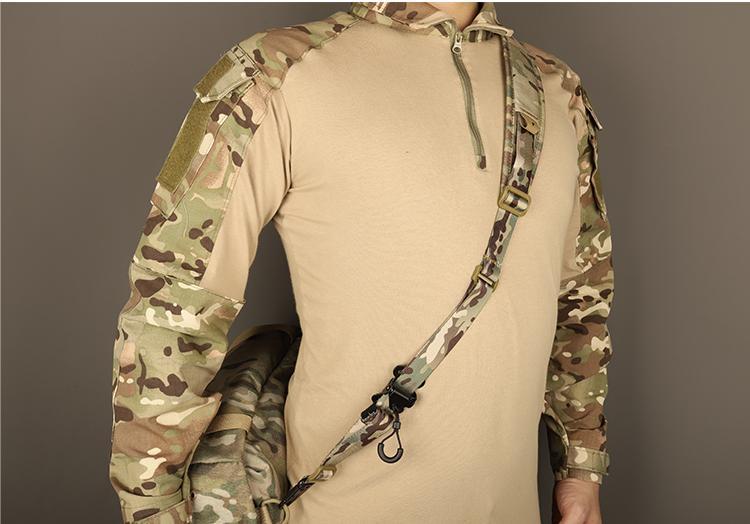 Choosing the Right Gun Sling for Your Firearm:A Comprehensive Buying Guide
Sep 27, 2023
Choosing the Right Gun Sling for Your Firearm:A Comprehensive Buying Guide
Sep 27, 2023
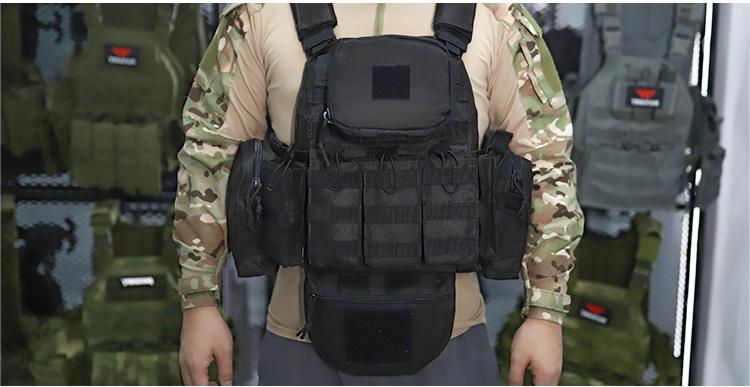 The Advantages of Modular Tactical Vests
Sep 19, 2023
The Advantages of Modular Tactical Vests
Sep 19, 2023
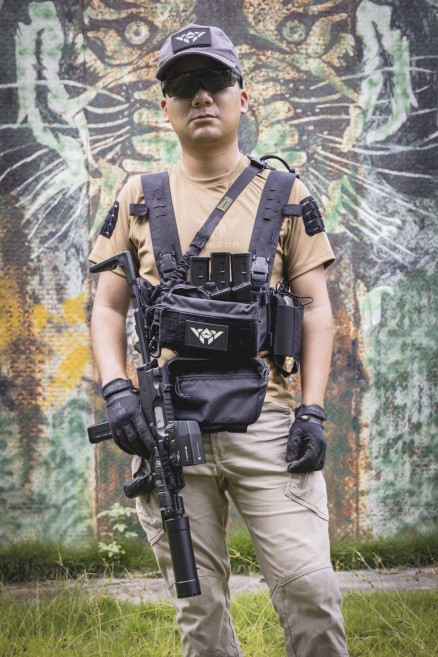 Uncover the Secrets of Cordura Tactical Chest Rigs: The Game-Changer for Military and Outdoor Enthusiasts
Aug 22, 2023
Uncover the Secrets of Cordura Tactical Chest Rigs: The Game-Changer for Military and Outdoor Enthusiasts
Aug 22, 2023
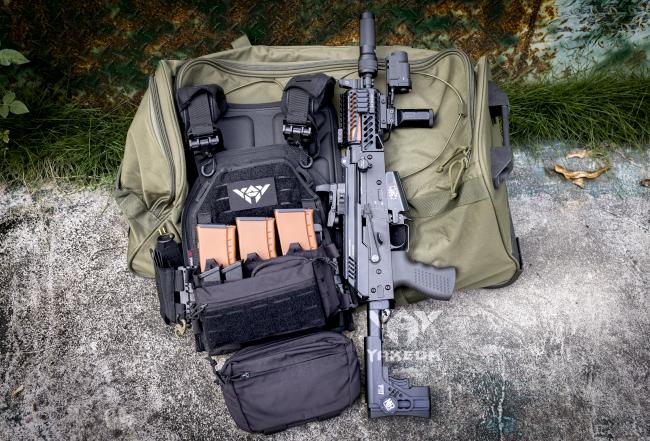 Unlock the Secrets: What to Look for in a High-Quality Full Protective Plate Carrier
Aug 16, 2023
Unlock the Secrets: What to Look for in a High-Quality Full Protective Plate Carrier
Aug 16, 2023
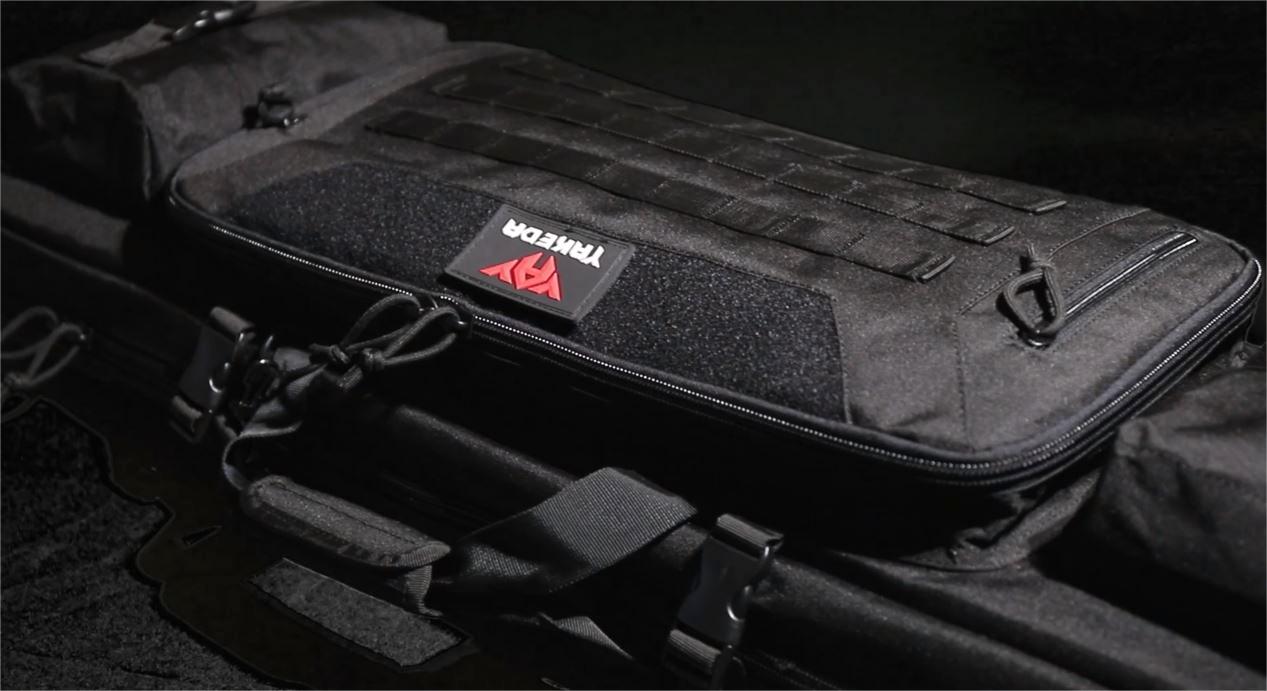 Protect Your Firearms in Style with Yakeda Gun Cases: The Ultimate Guide for Gun Enthusiasts
Aug 10, 2023
Protect Your Firearms in Style with Yakeda Gun Cases: The Ultimate Guide for Gun Enthusiasts
Aug 10, 2023
 How a Tactical Military Vest Can Help You Excel in Extreme Situations
Aug 02, 2023
How a Tactical Military Vest Can Help You Excel in Extreme Situations
Aug 02, 2023
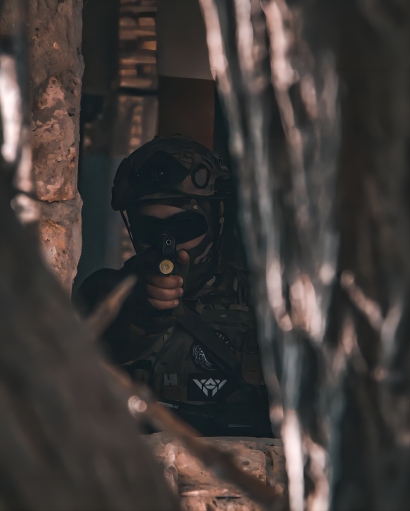 The Ultimate Guide to Choosing the Right Bulletproof Vest with Plates
Jul 28, 2023
The Ultimate Guide to Choosing the Right Bulletproof Vest with Plates
Jul 28, 2023
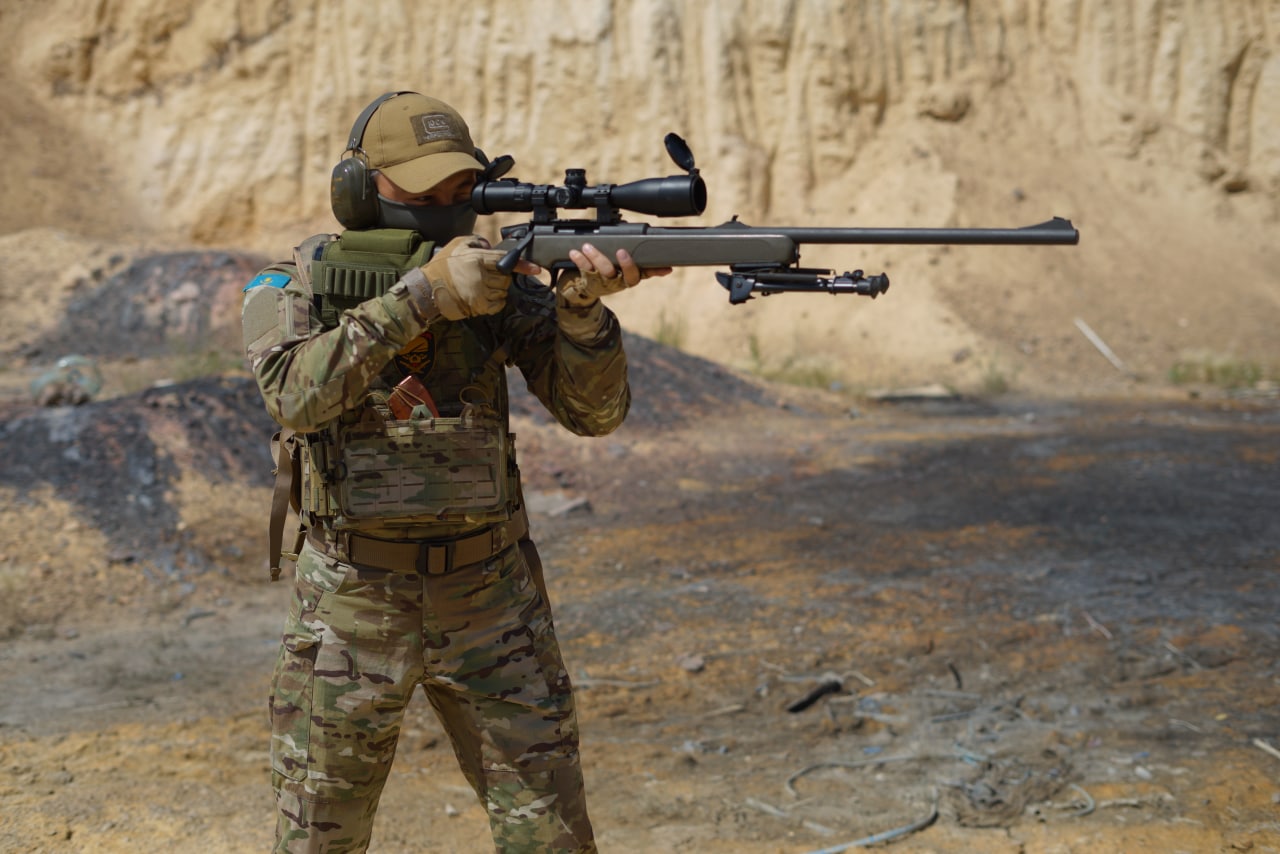 Tactical Gear Maintenance: How to Properly Care for Your Equipment
Jul 27, 2023
Tactical Gear Maintenance: How to Properly Care for Your Equipment
Jul 27, 2023
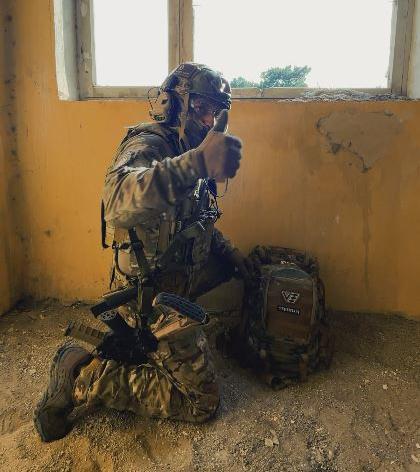 Protect Your Gear From The Elements: How a Waterproof Tactical Backpack Can Make a Difference
Jul 21, 2023
Protect Your Gear From The Elements: How a Waterproof Tactical Backpack Can Make a Difference
Jul 21, 2023
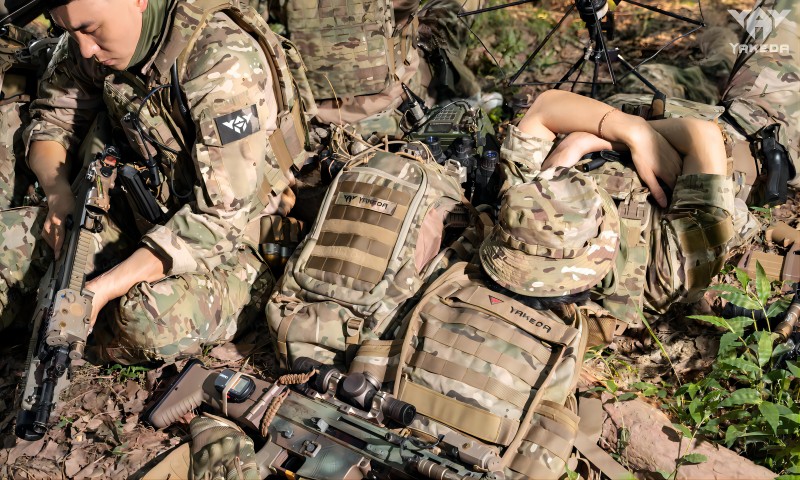 What is the difference between a tactical bags and outdoor bags?
May 01, 2022
What is the difference between a tactical bags and outdoor bags?
May 01, 2022
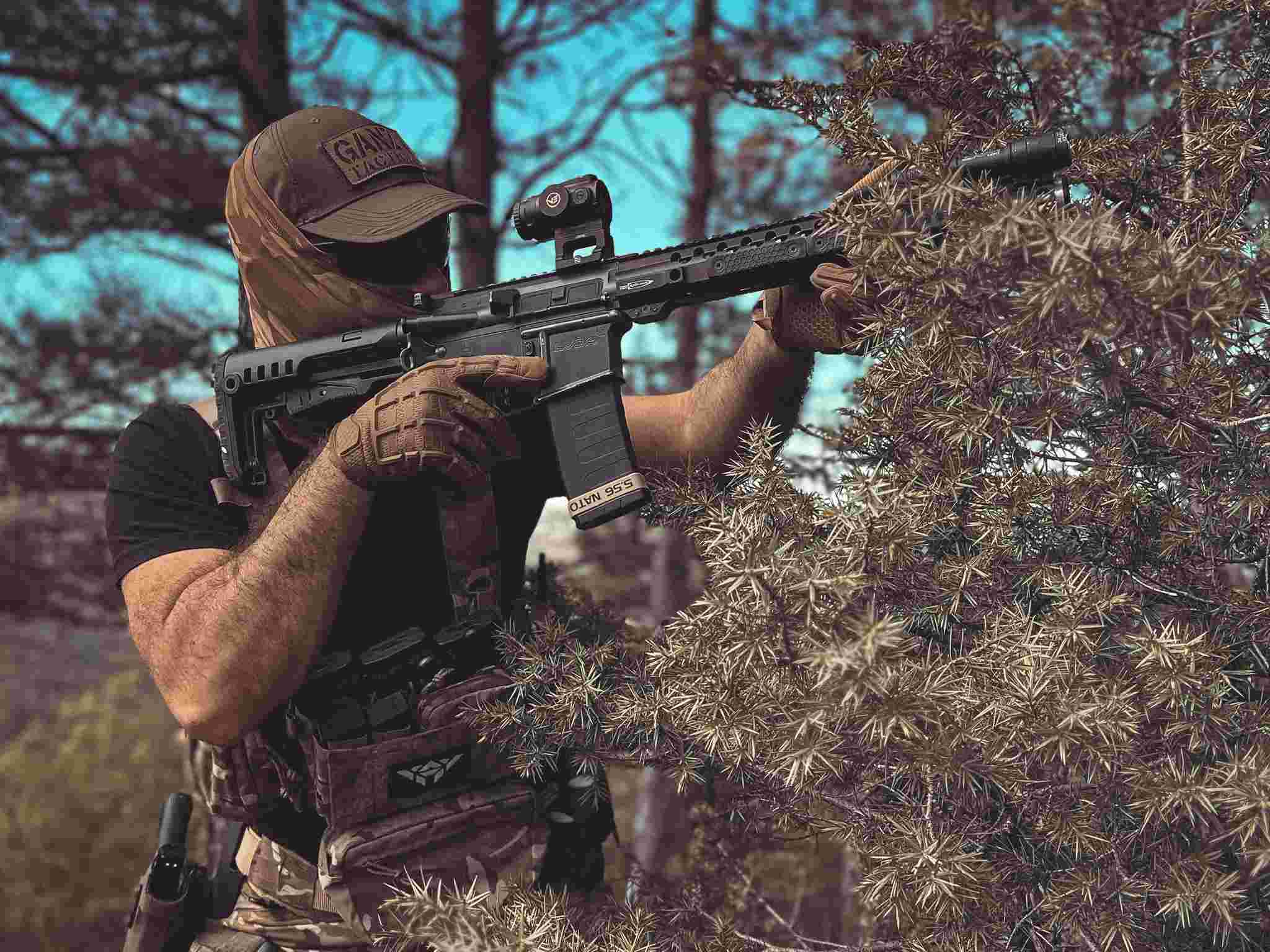 What is the difference between a tactical vest and a military vest?
Jul 10, 2023
What is the difference between a tactical vest and a military vest?
Jul 10, 2023
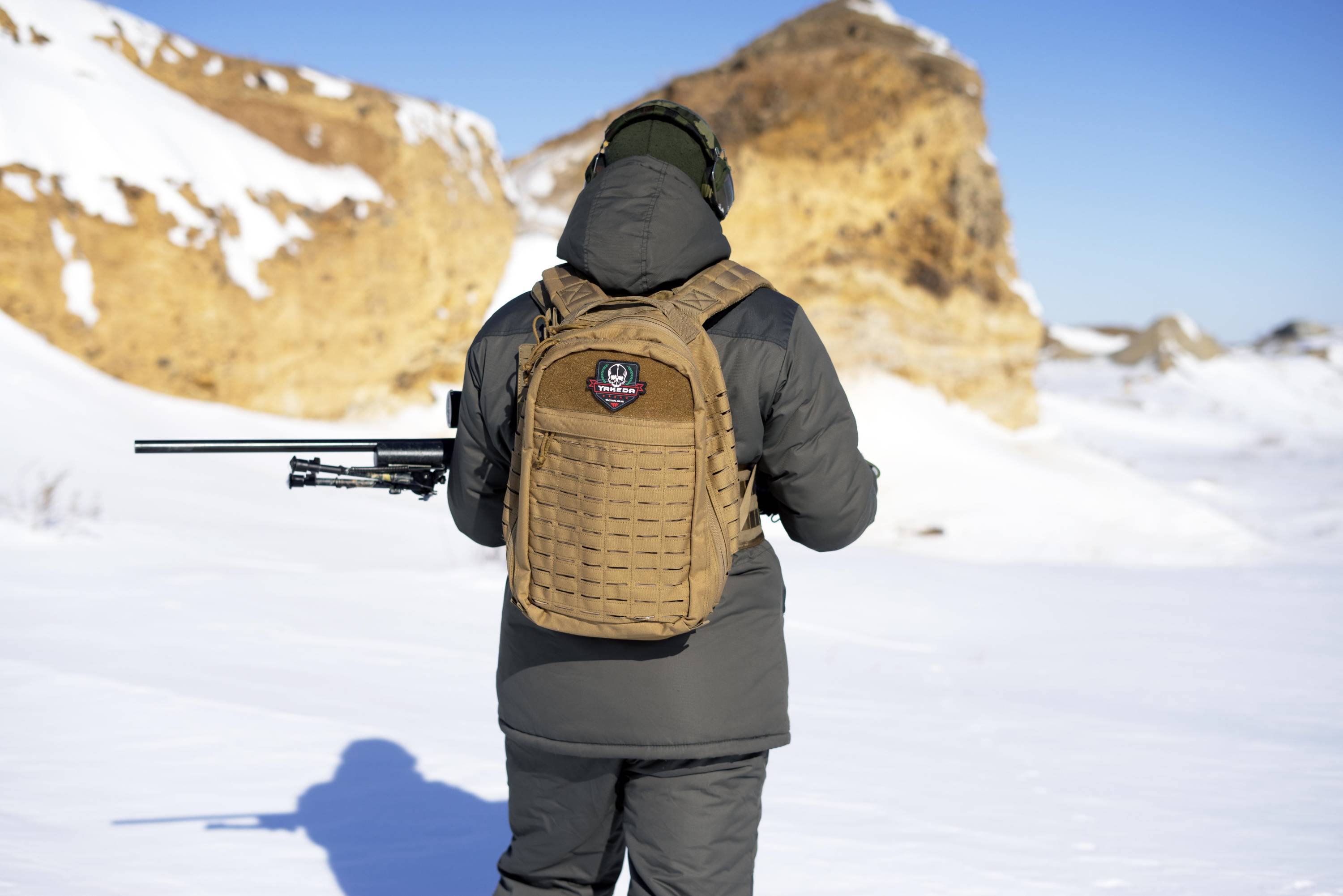 How Customization Drives Competitive Advantage?
Jun 29, 2023
How Customization Drives Competitive Advantage?
Jun 29, 2023